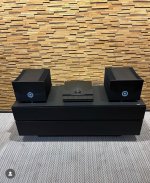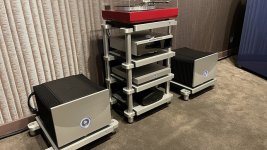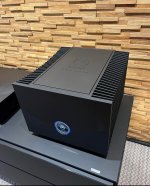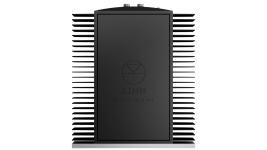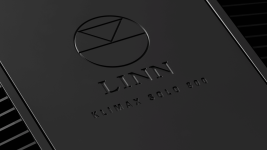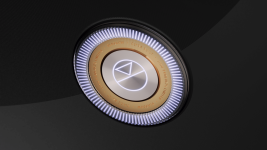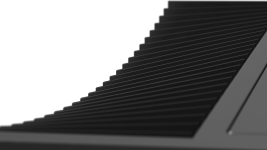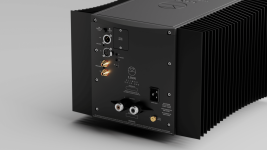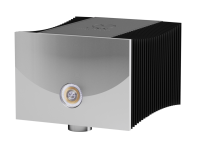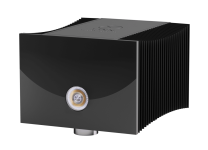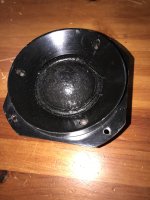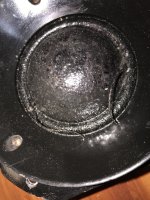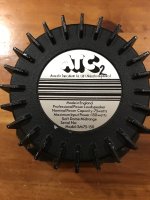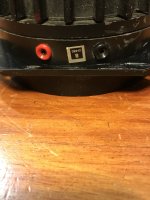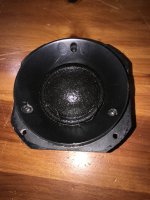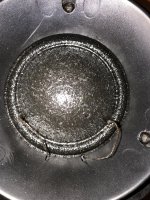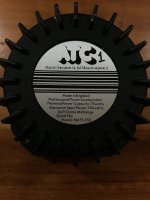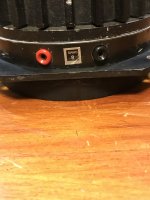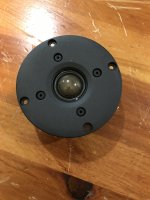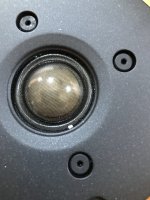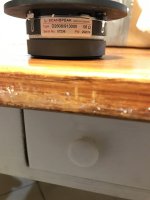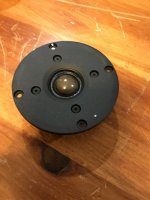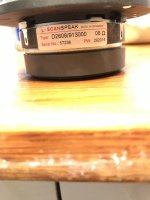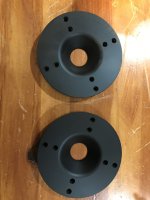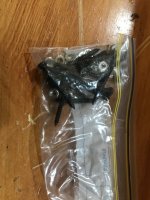Team DIY,
I’ve built First Watt style PSU’s from the DiyAudio Store and traditional 5AR4 based tube amp PSU’s, but this is my first power supply like this, so I’m looking for a sanity check. My inspiration for this PSU was a
video from Doug De Young. It was very helpful for me.
The amp this will be included in will consist of a pair of E86C input tubes followed by 2 pairs of 6L6 GC output tubes. Each dual triode input tube will be paralleled (using the whole tube for one channel) and each pair of 6L6’s will be paralleled, such that a pair makes one single-ended channel, not push pull. Output tubes will drive a pair of Hashimoto H-20-3.5U output transformers.
My hope is that I can provide a schematic and explain my intentions in the design and then ask for any input you may have. Thanks in advance, I feel like I’m asking for a lot.
This is a class A design.
It will be running on US 120V, 60Hz power.
The load current will be 360mA for both channels combined ((4 E86C plates @ 13mA)+(4 6L6 plates @ 72mA)+(4 6L6 screens @ 5mA)) with B+ at 320V.
I haven’t picked a transformer yet, but in my simulation, I’m using a 1:2.33 ratio to step up from 120V to about 280V. I’m not including the heaters below. They’ll be on dedicated secondaries as normal, so not as much to think about there.
In the schematic below, NTC1 is a 0.18 Ohm resistor. That’s not for real. I’m having trouble modeling a CL-60 (I don’t know the Steinhart-Hart parameters - a, b, and c), but it has 0.18 Ohms of resistance at full current. I put the resistor in here to simplify simulation.
C1 is a typical first filter cap, if a little large. The bridge rectifier allows up to 240A of surge current, so with a CL-60, I’m well in the comfort zone. R1 and C2 provide filtering for the gate of Q1, but also create a soft-start effect. It takes around 20 seconds for C2 to charge and let the gate come up to full voltage. Because Q1 is in a source-follower configuration, bringing the gate up slowly also brings output voltage up slowly. This might make the CL-60 redundant, but for the cost, I’d rather include it. R3 is a typical gate stopper resistor. D1 is a 9V Zener. The idea is that if the gate goes 9V positive relative to the source, the Zener will allow excess voltage to bypass Q1 and not exceed the Vgs rating (+-20V). R4 drops about 1V, which falls just under Vgs(th) of Q1 (2-4V). That should turn Q1 off in the event of a short (runaway current drops voltage at the Q1 gate via D1, but Q1 source stays 1V higher, limiting current somewhat while it turns off).
Because my intent is to build an over-the-top filtered supply, it’s split into right and left rails at this point, with overkill filtering on both. CLCLC filters get predicted ripple down in the picovolt range (Not sure I buy it, but that’s what the simulation says. It should be good, at any rate.), but ultimately, space constraints may remove 2 chokes and caps.
Here’s the circuit in simulation:
Very colorfully, at the bottom, you can see about 319V, 180mA at the load. P-P is the ripple that’s left. At the top right, “Wire” refers to the small segment that’s selected between the supply on the left and the filters on the right. 319V at just under 360mA is very close to the target.
One problem I’ve noted is that this software (oddly) doesn’t account for any DC resistance (and therefore voltage drop) across the chokes. I’ll have to account for that as I select the chokes and can calculate the voltage drop.
I’m happy to provide datasheets for parts that I have selected thus far. I haven’t ordered any parts yet, so if I’m off somewhere, I can correct.
I appreciate any feedback you’re able to provide!
Ryan
